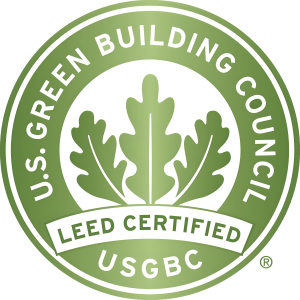The Environmental Protection Agency (EPA) released program guidance and opened applications for states and local governments to apply for $4.3 billion in competitive funding as part of the Climate Pollution Reduction Grant (CPRG) program. These funds are to help governments implement climate plans.
This follows the release of $250 million of planning grants under the CPRG. These funds have mostly made their way to states, local governments, territories and tribes to update or create climate action plans.
Implementation grants are only available to entities that received funding for planning grants or were covered by the scope of the Priority Climate Action Plan (PCAP) developed by a lead regional or state organization. For example, if a city falls within a metro area that received planning grants, it is eligible to apply for implementation grants if its proposal is consistent with measures or actions identified in the metro area’s PCAP. Proposals for implementation grants must specifically implement measures outlined in a PCAP.
Funding details
The implementation grants will be split into two competitions: a general competition for states and local governments and a competition for tribes and territories. For the general competition, the EPA expects individual grants to be between $2 million and $500 million, with applications due April 1, 2024. The EPA requests that prospective applicants submit a letter of intent preceding their application by February 1, 2024. The program guidance highlights key implementation grant goals, including:
- Reducing significant GHG emissions by 2030 and beyond.
- Implementing programs and measures that will significantly reduce hazardous air pollutants in low-income and disadvantaged communities.
- Leveraging CPRG funding with other federal funding opportunities to maximize emissions reduction. This includes the expanded suite of energy efficiency tax credits.
- Developing replicable policies and programs that can be “scaled up” across multiple jurisdictions.
The EPA anticipates that proposals will encompass one or more major sectors responsible for significant GHG emissions, including “industry, electric power, transportation, commercial and residential buildings, agriculture/natural and working lands, and waste and materials management.” The EPA says that implementation grants can be used either for new programs/measures solely funded by CPRG funding, expansion of an existing program that will be supplemented by CPRG funding or a new program/measure that already has partial funding but needs additional financial support.



